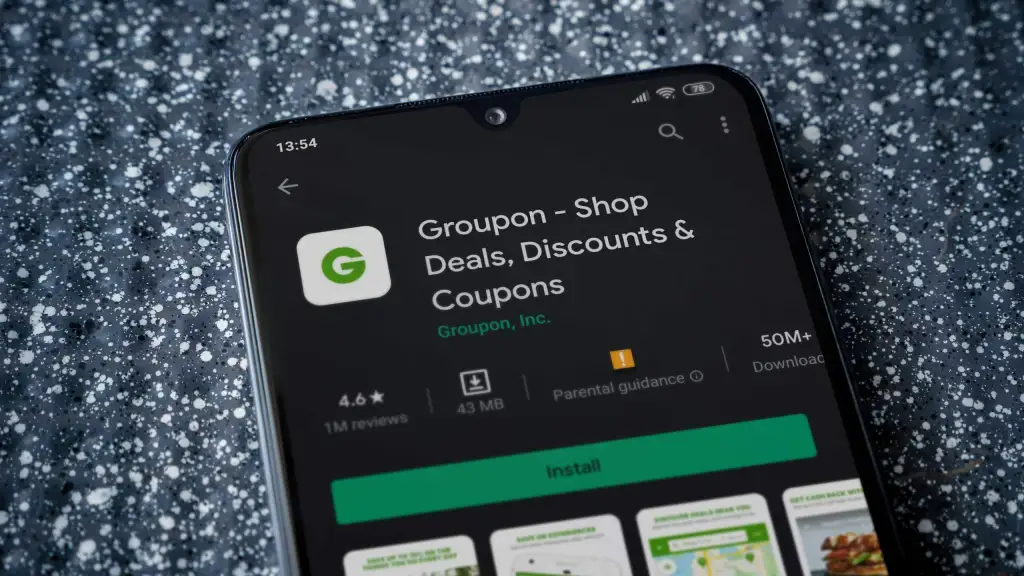Stories of Failures & Triumph
At the beginning of this decade, international discount platform Groupon was the start-up of the hour, celebrated by investors and the media. In November 2011, while doubts had been expressed about Groupon’s business model, the company had its IPO. However, after only a year, Groupon fell from the investors’ graces, and media hype turned into glee. Four years later, Groupon is acquiring its fallen competitors again. The latest stop on an on-going ecommerce rollercoaster ride …
Groupon allows bargain hunters to enjoy group discounts of up to 80% for various products and services, while participating companies gain new customers. Their concept made them a trailblazer for the so-called daily deals industry. However, soon after the IPO, Groupon and its investors came in for a rude awakening. Read on for some milestones of one company’s journey to extremes.
The hype: a new business model
Established in 2008, Groupon entered the market with the simple idea of giving group discounts to consumers while introducing new customers to local businesses – a breath of fresh air in crisis-ridden times. Both bargain-hunters and companies signed up to Groupon in scores, a new era of shopping was proclaimed, both by the global media and investors.
Within 3 years, Groupon was the fastest growing start-up, operating in 35 countries, boasting 150 mio subscribers to its newsletter. They rejected Google’s buying offer of 6 billion dollars in 2010 only to announce their own IPO in 2011, the biggest since Google’s own debut at the exchange six years earlier.
The fall: a deal turning sour
While Groupon’s IPO was being prepared, the first cracks in the company’s business model started to appear, with co-operating businesses complaining about their part of the Groupon offering turning increasingly sour. The customers they won with damagingly low deals on Groupon did not become loyal customers but moved on to exploit the next amazing deal, leaving small businesses with only the costs.
As a result, they pulled back from their deals, and Groupon had to expensively acquire new businesses to keep the deals site full. When their first quarterly results after going public showed a loss of 37 million dollars, Groupon got caught in a downward spiral of bad press and very vocal disappointed investors. Questionable book keeping practices and an inexperienced founder/CEO didn’t help, and so, after only one year the hyped darling Groupon had become the butt of many jokes.
The restart: new strategies, new beginnings
After its breathtaking rise and fall, and after firing its founder and CEO Andrew Mason in 2013, Groupon was already written off by many. Still, the company is currently operating in 27 countries, with a growing turnover, which is approaching a billion. It is propping up the flagging daily deals business with new strategic acquisitions with future potential, such as food delivery service, and is acquiring struggling competitors. While Groupon’s consolidation phase is lasting much longer than the golden years, the company’s last chapter has by no means been written yet.
The bottom line: speed and growth are not everything
While Groupon is an extreme case, every start-up can take away a lesson from their experience – it is paramount not to get swept away by a seemingly revolutionary business model before trying it out in a smaller, more controlled environment. When uncontrolled growth meets poorly conceived product ideas, it might not lead to utter failure, but it also will not bring the success you aim for.
Further articles:
http://www.businessinsider.com/groupons-fall-to-earth-swifter-than-its-fast-rise-2011-10?IR=T
http://www.eater.com/2015/8/4/9091069/groupon-to-go-orderup-delivery-comeback-strategy

